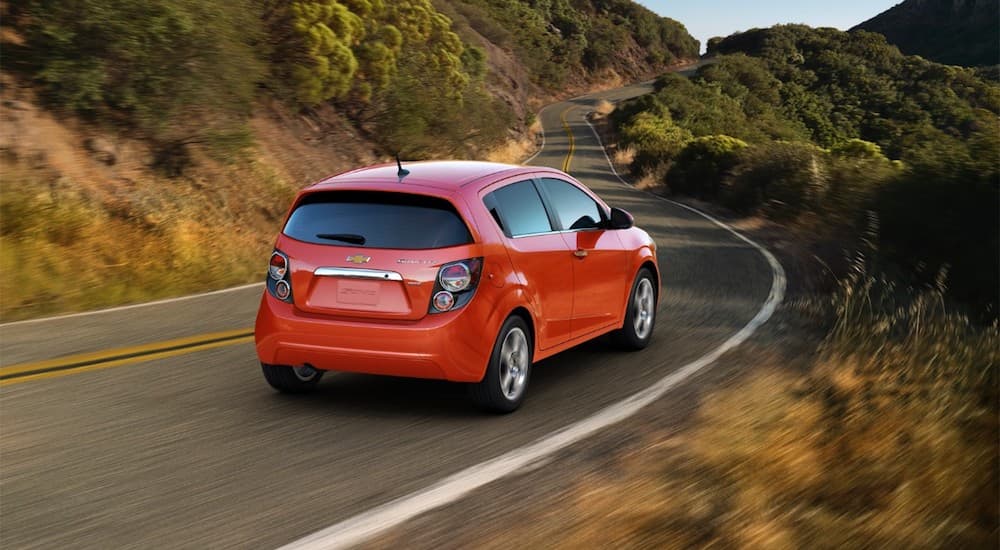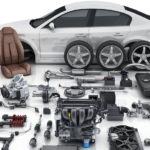Buying used cars is a great way to save money, most of the time. If you make the mistake of overpaying for a car with major underlying issues, you could end up spending more than saving. Used cars are not all created equal. It’s important to do your research and check for certain red flags before you sign the paperwork to buy. Even if the car looks great on the outside, it’s what’s under the hood that matters. Here are some tips on how to be smart about when you buy a used car.
Research Before You Shop
Before you head to the dealership, spend some time thinking about the type of vehicle you want to purchase. Looking up the specific make, model, and year in advance will give you an idea of common issues that are associated with the particular vehicle you’re considering. Being informed before you shop will give you the upper hand and help you narrow down your search.
It’s also important to think ahead about your budget and ability to afford the ongoing costs on a vehicle. Owning a car is a long term expense that includes maintenance, insurance, and taxes. Certain brands are more expensive to maintain because the parts are difficult to source or the repairs can only be done in a specialist shop. If you want to reduce your gas costs, research the fuel economy, or look into a hybrid vehicle. The price of insurance varies based on the type of vehicle as well. Cars known for speed are more costly to insure because they have a higher risk of accidents. A newer, more expensive car is also going to cost more for insurance as opposed to an older vehicle. In most states, the same is true for car taxes. Looking beyond the sticker price and reviewing these ongoing factors can help you get a clearer idea of what type of vehicle you can actually afford to own over the next several years. A great place to start your research is on Kelly Blue Book.
Give the Exterior a Once Over
They say you can’t judge a book by its cover, but the surface appearance of a car can give you some useful hints on how it’s been treated. Note any rust, scratches, and dust. Areas, where the paint is raised (especially on the surface), are signs of rust underneath. If the body panels don’t line up properly, you may be looking at a car that’s been through some accidents. Open and close the doors, trunk, and hood to see if everything fits together well or if parts appear to be misaligned.
For your exterior check, you also want to pay attention to tires and lights. If the tires are worn out or are different brands, that might be a sign that they’ll need replacing soon. To test the wear and tear, use a quarter. Putting George Washington’s head into the tread will show you if it needs replacing. If you’re able to view the top of his head, the tire is worn down and will have to be replaced soon. Making sure all the lights, signals, and high beams are properly working is also a good part of any initial evaluation. Check for cracks or damage on the outer light casings as well. If there’s a sunroof, be sure to test it out and see that it is working properly.
What’s on the Inside Matters
After you review the outside of the vehicle, take some time to inspect the interior. How does it smell? If it seems musty, beware. Must, mold, or mildew are usually signs of water damage, possibly a flood history. If you have any suspicions, look under the floor mats and trunk mat to check for water spots and wetness. Be sure to ask questions and check the vehicle history report if you have any doubts about what the vehicle has been through. Smells are a bad sign and should never be ignored.
Sit in the seats. See if they adjust properly and check for wear and tear or stains. Don’t forget the backseat. Be as thorough as you can before you consider buying. Any issues can be a point for negotiation, even if they aren’t deal-breakers. You want to know what you’re getting for your money. It never hurts to be informed. Check the roof for stains or signs of water leakage as well.
Peek Under the Hood
You don’t have to be a mechanic to do some basic checks under the hood of a vehicle. Look for cracks, holes or fraying on the radiator hoses, air conditioner, and drive belts. Antifreeze is kept in a plastic container connected to the radiator. It should be green or orange in color. If it seems cloudy, that may indicate a problem with the radiator. If the radiator itself has any stains on it, that could signify a leak. Double-check the owner’s manual or consult with a mechanic if you have any doubts about the condition of the vehicle’s mechanical parts.
Reviewing four key fluids and knowing their true colors in the vehicle will help you determine if there are any underlying issues you should be aware of. The oil, transmission fluid, power steering, and brake fluid are all vital to the life of any automobile. Oil should be black or dark brown. If it’s a little lighter, amber color, don’t be alarmed. This means there was a recent oil change and is nothing to worry about. Check the oil stick for water droplets or a foamy, greyness. These are signs of a cracked engine block or a blown head gasket. Both are expensive issues that you’ll want to pay attention to.
Transmission fluid is pink and should smell like oil. If it smells burnt, looks brown or contains metal particles, these are all causes for concern. Review the owner’s manual to see that power steering fluid, and brake fluid are filled properly. Look for leaks under a parked car to double-check for possible issues.
Start it Up
There’s only so much you can tell about a vehicle without turning on the engine. First, put the ignition into accessory mode. All the lights should come on promptly and turn off together. Start the car to see if any warning lights remain on, indicating an issue that should be addressed. While the car is on, try the different switches and buttons. See if the radio or CD player works. Make sure the air conditioner and heating are functioning properly. Don’t leave any details to chance. If you’re going to invest in a used car, take your time to try out everything out before it’s in your name. Anything that needs to be fixed can be discussed with the seller prior to making a deal.
Take it for a Ride
The last step before buying a used car is to take it out for a test drive. See how it runs. Try different speeds to check for vibrations or strange noises. This is a good time to invite a mechanic along to join you. If the car veers to one side or the brakes are less than stellar, take note. Paying a mechanic to complete a proper inspection is well worth it. Get an estimate on the repairs that are needed to make sure these are factored into your final price. Use the VIN (vehicle identification number) to obtain a full report on the vehicle’s history so you can be informed before you make your purchase.






